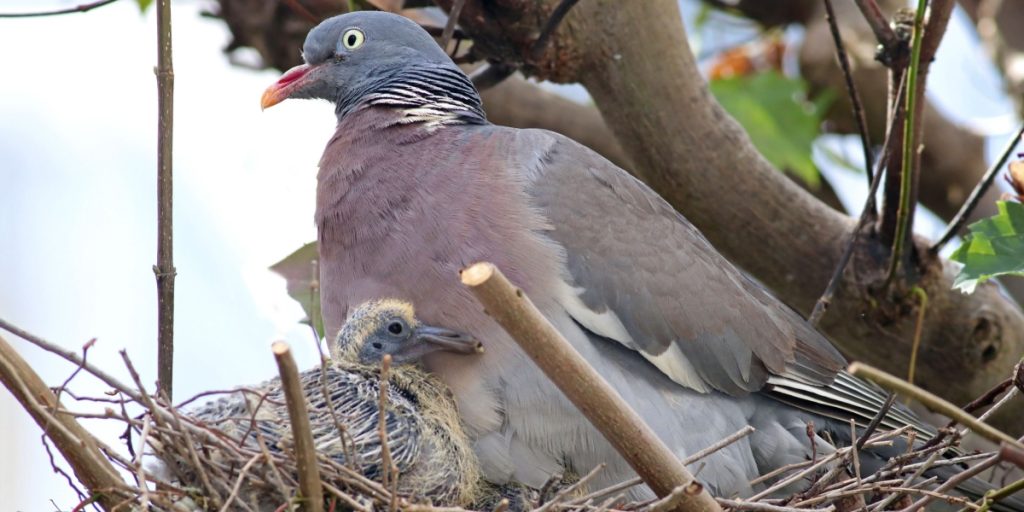Pigeons are everywhere, but I never see their chicks. Why is that?
Others are reading now
Pigeons are a common sight in urban environments, often spotted perched on buildings and pecking at crumbs in public squares. However, spotting their chicks is quite rare. This intriguing absence prompts the question: why don’t we ever see baby pigeons?
According to the Danish scientific magazine Illustreret Videnskab, the main reasons baby pigeons remain hidden are their nesting behaviors and their surprisingly rapid growth rate.
Why It’s Uncommon to Spot Them
Pigeons build their nests in secluded, elevated places such as building ledges, rooftops, or bridge structures. These spots are typically out of sight and reach, providing safety from predators and human interference.
Also read
When pigeon chicks, also known as squabs, hatch, they are altricial—meaning they are initially blind, featherless, and utterly dependent on their parents for warmth and food. This vulnerability necessitates a secure and hidden location for the early stages of their development.
Another reason why pigeon chicks are rarely seen is their rapid growth rate.
Pigeon chicks develop quickly, spending about 3-5 weeks in the nest. During this period, they transform from naked and helpless birds into fully feathered juveniles.
For the first week, their diet consists exclusively of “pigeon milk”—a nutrient-rich secretion produced by the parents’ crop glands. This substance is crucial for the chicks’ development, providing the essential fats and proteins needed to fuel their growth. Raising young is energy-intensive, which is why pigeons typically only lay 1-3 eggs per clutch.
By the time they are ready to leave the nest, pigeon chicks closely resemble their parents in size and appearance, except for their eye color.
Unlike the bright or orange eyes of adult pigeons, juvenile pigeons have darker eyes, which is one of the few indicators of their age once they start mingling with the adult population in more accessible urban areas.
Lost in the Crowd
Given their rapid development and the concealed nature of their nests, by the time pigeon chicks are mature enough to venture out of the nest, they already look much like adult pigeons. This similarity makes it difficult for the casual observer to distinguish juveniles from adults unless they are aware of the subtle differences in eye color.
So, the next time you’re feeding pigeons or simply watching them in a city park, take a closer look—you might just spot a young pigeon among the crowd, especially if you notice one with darker eyes.
But remember, their swift growth and the secluded locations of their nests make sightings of very young pigeons exceptionally rare.


